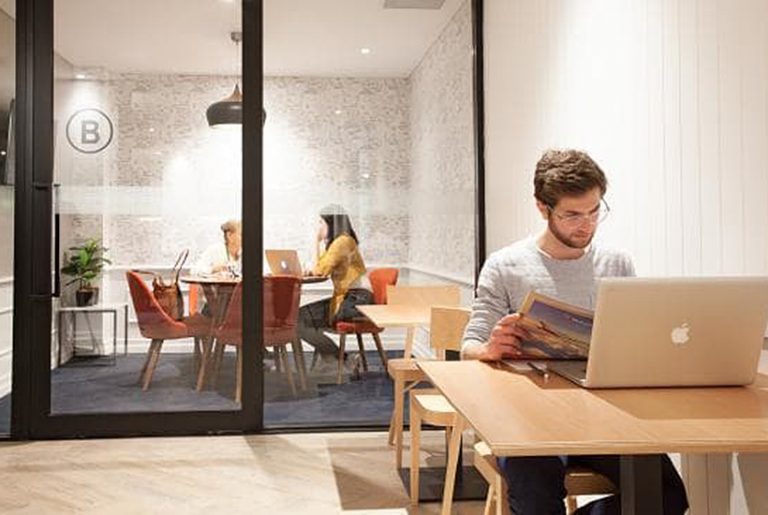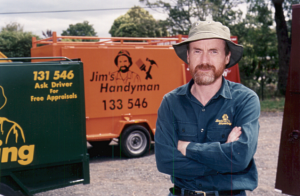Hot-desking workers are happier: study

Workers who hot-desk are happier about their environment, less sedentary and more productive than their counterparts in traditional open-plan offices, new research shows.
But the counterintuitive findings only hold true if offices are well designed to support activity-based working, according to study author Christhina Candido, senior lecturer at the University of Sydney’s School of Architecture.
Open plan offices have “a very bad reputation”, Dr Candido concedes, and she is mindful of noise and privacy concerns.
Commercial Insights: Subscribe to receive the latest news and updates
“But if we have so many of our workers working from open plan offices every day, we need to make it better,” she tells The Australian.
“We can only push the market towards a higher standard if we start talking about the success stories and there are quite a few.”
Dr Candido and her team looked at 10 office buildings and discovered that where activity-based work had been implemented, workers reported feeling more satisfied, healthier and more productive.
Staff in activity-based work were less sedentary and slightly more physically active, as they moved around during their workday.
Even though there were not significant differences in the temperature, air quality, acoustics and lighting between offices, hot-deskers were more satisfied with their environment.
“Because they have more freedom to move around, they may occupy spots that are more suited to their preferences,” says Dr Candido, who presented her findings at the Work Place/Work Life conference in Melbourne last week.
“If you’re not in a fixed location you’re going to learn about temperature conditions in the office and very likely find a spot to work that suits better.”
But she emphasises that the offices in the study satisfied staff because they were designed well with enough infrastructure to support activity-based work.
Well-designed hot-desking offices needed a variety of breakout spaces, such as formal meeting rooms or informal spaces for collaboration, depending on the company, she said, plus rooms for staff to make phone calls in private and a place to engage with nature.
A proper internet connection was vital, along with sufficient workstations and furniture that staff could adjust. Engaging with staff could also help the shift from a traditional environment to activity-based work.
This article originally appeared on www.theaustralian.com.au/property.







